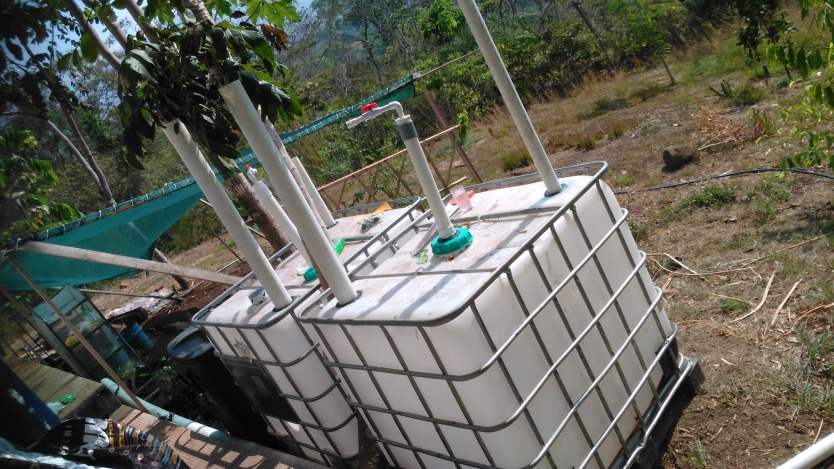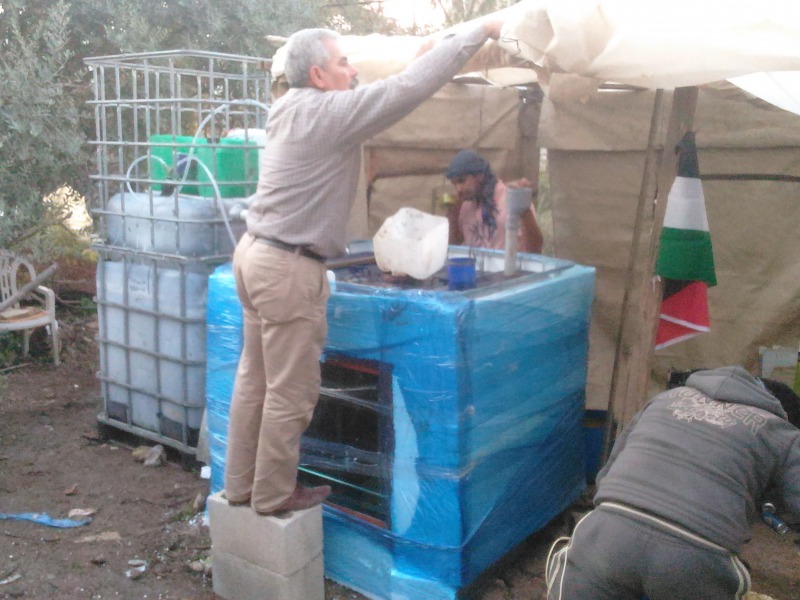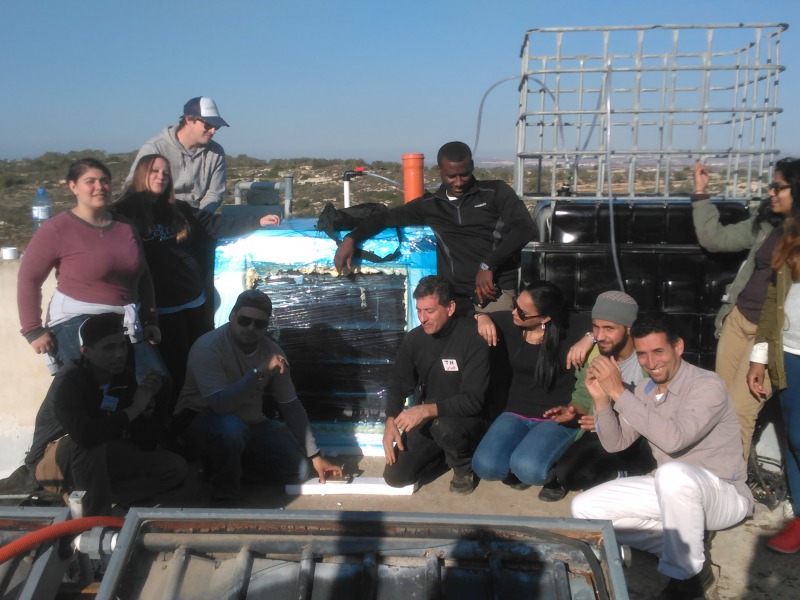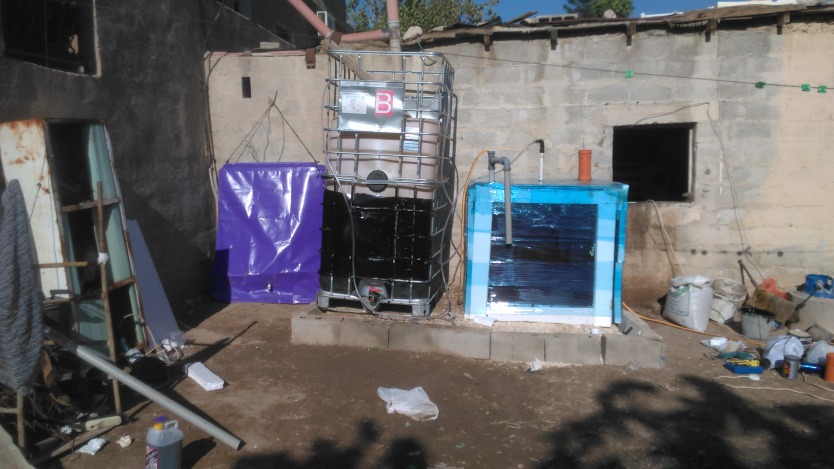
by Janice Kelsey | May 3, 2020 | Central America, Our Projects
March 19, 2016 Solar CITIES’ board members T.H. Culhane and Christopher Lindstrom introduced the Solar CITIES’ IBC biodigester system to the Puerta de la Vida Ecolodge and Retreat Center in San Isidro, Costa Rica. This build demonstrates that biogas can be...

by Janice Kelsey | May 3, 2020 | Our Projects, United States
February 20, 2016 Solar CITIES ventures deeper into the sustainable tourism industry with this signature biodigester at the Lone Oak Lodge in West Virginia, and ecotourism destination run by and built with Brock Smith. Brock writes that this sustainable tourism...

by Janice Kelsey | May 3, 2020 | Middle East, Our Projects
January 14, 2016 Solar CITIES, Envisaj Mercy, and Palestinian Polytechnic students worked together on January 13 and 14 to build our “refugee camp” IBC based biodigester in a greenhouse at Hakoritna Farm. The previous day we had built an...

by Janice Kelsey | May 3, 2020 | Middle East, Our Projects
January 13, 2016 Mercy College Envisaj students build a kitchen waste demonstration digester across from the home of Ecovillage leader and organic farmer Fayez Odey Taneeb in the city of Tulkarm. The Taneeb family uses the digester and monitors it as part of our...

by Janice Kelsey | May 3, 2020 | Middle East, Our Projects
January 12, 2016 In Farkha Ecovillage in the West Bank, Mercy College Envisaj Club students worked with the local villagers on the construction of the second passive solar heated Solar CITIES 3 IBC biodigester. Farkha Ecovillage had been the site of this...

by Janice Kelsey | May 3, 2020 | Middle East, Our Projects
January 10, 2016 This was the first field deployment of our new “refugee camp” biogas system made from 3 IBCs with a passive solar heating window on the south side. We did field trials at Tamera Ecovillage in Portugal, Kathy Puffer’s homestead...







